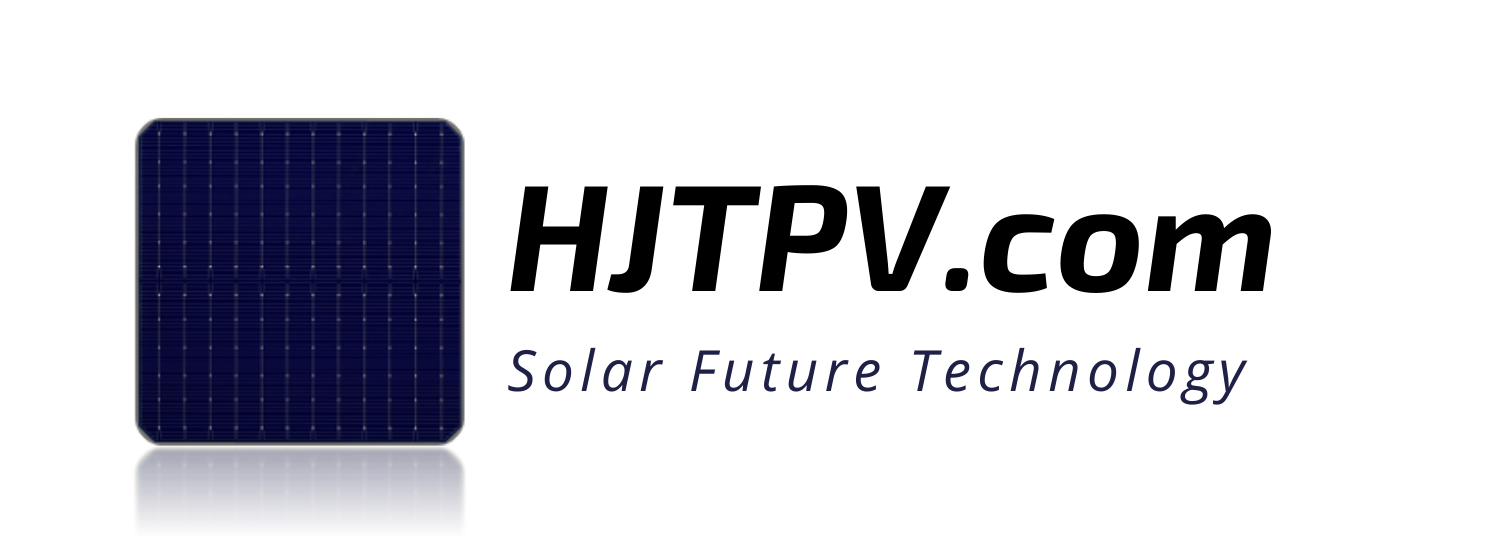- HJTPV.com
- HJT Technology
- HJT Producers
- HJT Solar Panels
- HJT Solar Panel Mysolar Gold 740W
- HJT Solar Panel Mysolar Gold 640W
- HJT Solar Panel AEsolar COMET 720W
- HJT Solar Panel AESOLAR COMET 650W
- HJT Solar Panel Bi Chaser Akcome 120 Cells
- HJT Solar Panel HuaSun HS-B120DS
- HJT Solar Panel Jinergy JNHM120 Cells
- HJT Solar Panel Risen Hyper-ion
- HJT Solar Panel QW Solar Giwa5 730W
- HJT Solar Panel QW Solar Giwa5 640W
- HJT Solar Panel Risen RSM120
- Cleaning Robot
- HJT Solar CELLS
- News&Knowledge
- Contact
- HJTPV.com
- HJT Technology
- HJT Producers
- HJT Solar Panels
- HJT Solar Panel Mysolar Gold 740W
- HJT Solar Panel Mysolar Gold 640W
- HJT Solar Panel AEsolar COMET 720W
- HJT Solar Panel AESOLAR COMET 650W
- HJT Solar Panel Bi Chaser Akcome 120 Cells
- HJT Solar Panel HuaSun HS-B120DS
- HJT Solar Panel Jinergy JNHM120 Cells
- HJT Solar Panel Risen Hyper-ion
- HJT Solar Panel QW Solar Giwa5 730W
- HJT Solar Panel QW Solar Giwa5 640W
- HJT Solar Panel Risen RSM120
- Cleaning Robot
- HJT Solar CELLS
- News&Knowledge
- Contact
Part of HJT Technology
N-Type Technology
On this Site You Will Read About
Explore the Experts
N-TYPE Technology in PV
N-type technology what is it?
Differentiating between the production technology of solar modules can be as simple as it is complicated. In the following text, we will focus more on the simple distinction. The differences between the production technology of P-type and N-type are valid as manufacturers follow different technological paths to compete in terms of efficiency, cost and differentiated propositions. N-Type silicon cells are used in HJT (Mysolar,AKCOME, Jinergy or Risen), IBC and TOPCon technologies. While mono and multi P-type PERCs are being developed, the performance of N-type silicon cells is also increasing (NTOPCon from Jolywood and HJT) and has the potential to become a leading technology in photovoltaics. Mainly thanks:
- The world’s highest bifaciality (double-sided production)
- The low-temperature coefficient
- High efficiency in low sunlight
- Very low degradation
- The lower temperature at which the N-Type is produced
- Shorter production process
Why solar panels with N-Type?
Best Performance
Highest Efficiency and power of solar panels
Long Warranty
30 years with only 0,4% annual degradation
inspiring technology
N-type Bifacial Cells cover in Glass glass frame
What N-Type Technology offer
N-Type Advantage
Zero LeTID&PID
Zero LID
Lowest Temperature Coefficient
Highest Average Efficiency >24%
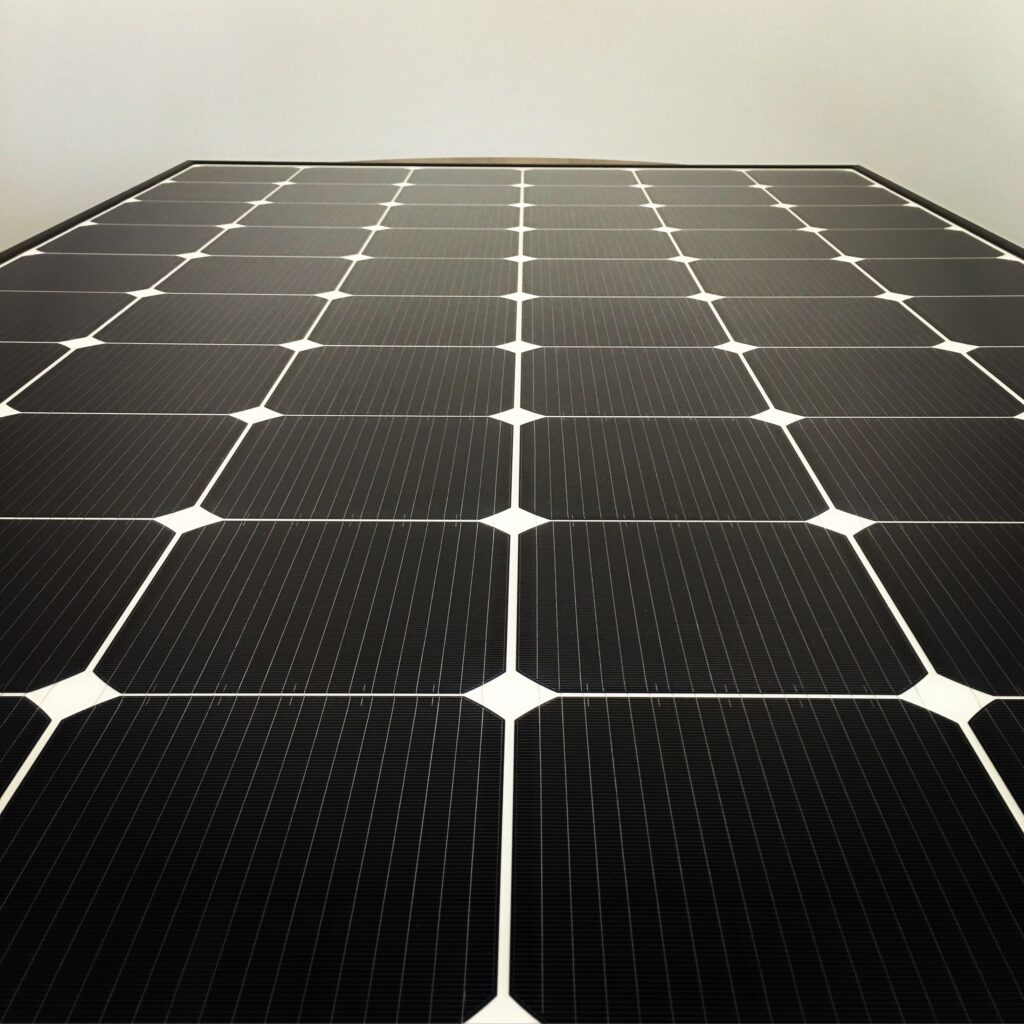
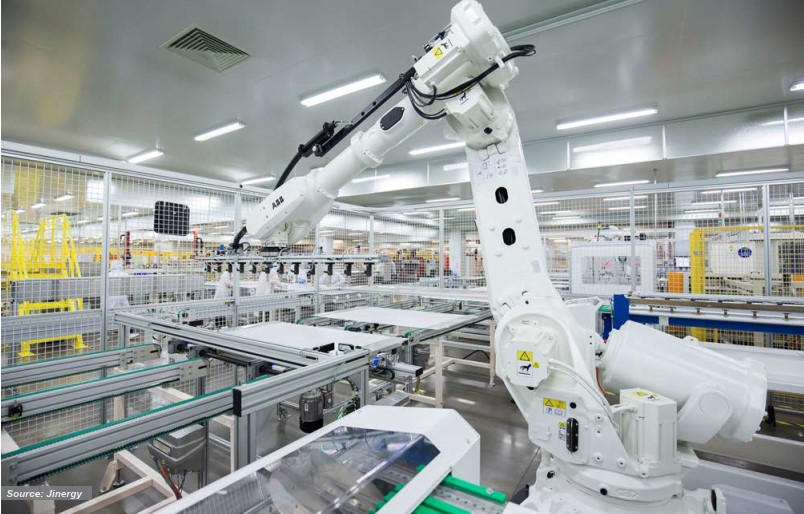

state-of-the-art Solar Solution
How is construct N-type CELL?
Differences Between HJT and PERC
Differences between HJT and N-Type and PERC Efficiency: The most powerful solar cells currently available on the market are N-type. The main reason for their excellent performance is their longer service life. The technology based on the N base is not susceptible to the so-called Boron-oxygen defect. In the production of Boron-enriched silicon, oxygen can reach a high concentration, and this oxygen creates a region of recombination, called the boron oxygen defect, which harms performance. When using phosphorus-enriched N-type solar cells, this effect does not occur. Moreover, N-type solar cells are less susceptible to metallic silicon contamination. For Jolywood (Ntopcon), Jinergy, AKCOME, and Risen (HJT) modules, this is also a very low annual power loss of a maximum of 1% in the first year and a very low drop of only 0.4% per annum over 30 years.
N-Type: Plus at the top and minus at the bottom
N-type solar cells are constructed the other way around, i.e. N-type silicon serves as the basis of the solar cell. Interestingly, the first solar cell produced by Bell Laboratories in 1954 was a back-contact N-type solar cell. Already in the first years, there was a rapid and significant increase in the efficiency of N-type cells. One for several reasons, gradually, the structure of the P-type cell took a leading role in the history of photovoltaics development. This happened because, in the early years of its development, solar technology was mainly used for space applications. Where the P-type structure has better resistance to radiation in space. Therefore, by directly transferring space solutions, the photovoltaic industry has developed and structured P-type technology.
Why choose HJT Panels?
N-Type Technology Profits
Why HJT Panels Are The Best?
Best Advantage of N-Type Solar Panels
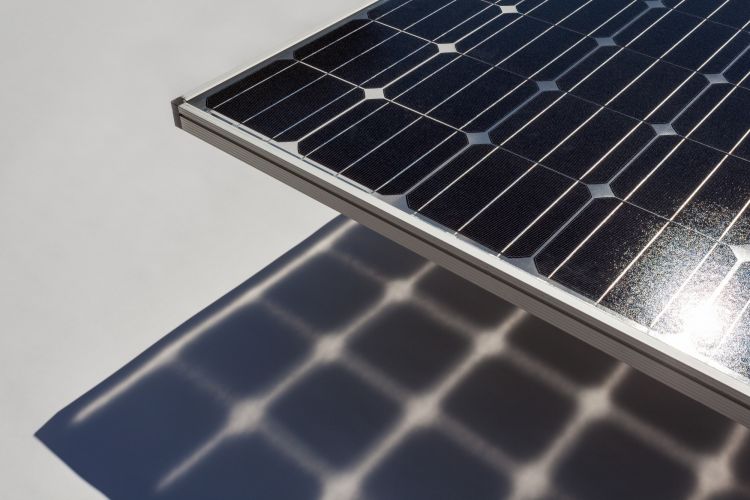
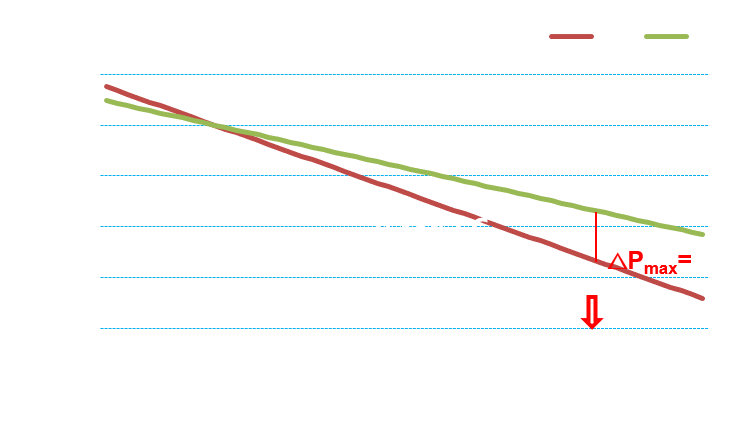

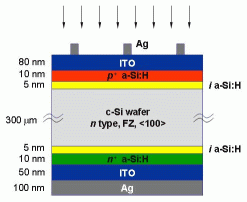
Explore the Experts
Best N-Type Producers
Risen
Jolywood
commit to HJT Solar Revolution
N-type Solar Panel- best Solution for Utility scale investitions?
Long warranty for power production >30 Years
Highest Efficiency >22,8%
Low Yearly degradation, only >0,25%
Best Bifiaciality efficiency >95%
Lowest Temperature Coefficient 0,24%-026%/°C
Very low modules failure risk factor

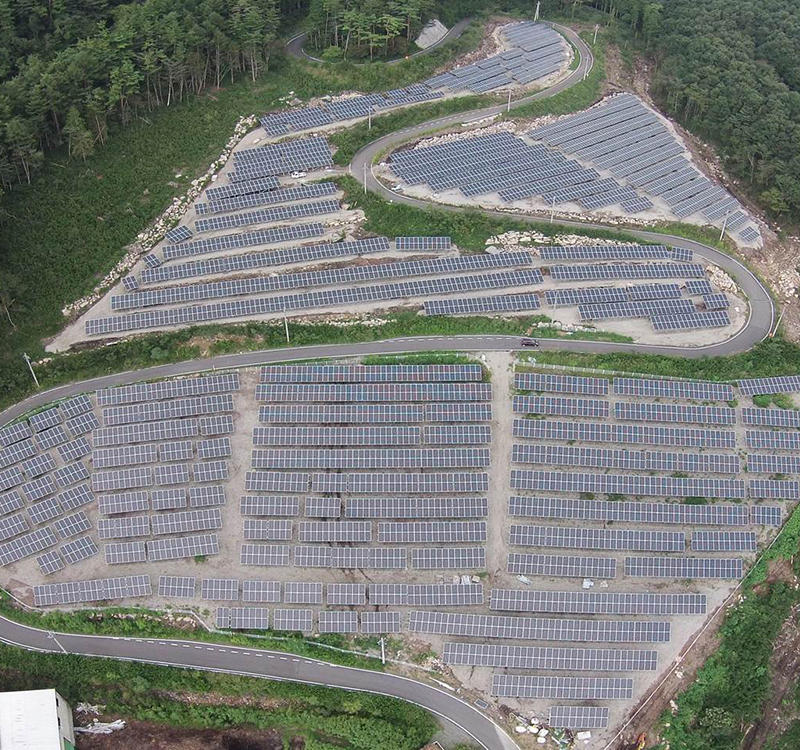
All You Need To Know About N-type Technology
frequently asked questions
HJT solar panels have the best efficiency in serial production. Scope of it is between 21%-22,53% with R&D plan even to 26%. N-type module has the best performance and most reliable characteristic resistance for most common fail from all over solar technology.
HJT with N-type technology solar Panels with 120 cells have a scope of power between 370W-390W and for 144 cells 425W – 470W. Newest standard 132 cells has standard 700W from Mysolar manufacturer. At the end of 2022 Power of HJT modules will achieve >500W, >600W and now >700W.
N-type technology ensures a long safe warranty for 30 years of production and 12 -30 years for a panel, depends on the producers. It’s more approx. 5 years than common PERC panels.
HJT solar panels with N-type cells are value for money solutions. Compare with standard backsheet modules, the price for Heterojunction is a little bit more. But compared with Bifacial, glass-glass solar panels, HJT is the best solution and has more advantages worth a few % higher price.
Higher power, bifaciality, efficient production under extreme conditions, combined with the world’s lowest degradation, no LID and PID effects and a double glass structure (GLASS-GLASS), allows you to generate significant savings over 30 years of use compared to PERC panels.
Glass is the best protection for the silicon cells that are the heart of the photovoltaic module. A cell is a unit that generates electricity, but it is made of a delicate material that needs to be reinforced and secured externally. For this purpose, we have a good ally in the form of solar glass, which, in addition to being transparent, is an electrical insulator.
HJT PV team is not only a trusted advisor but solar panels broker. We are helping Clients from all over the world connect to trusted and checked HJT producers. Direct cooperation ensures the best prices and fast delivery, to all destinations.
N-type Solar Panels Sales and distribution
EPC Cooperation
general contractor of photovoltaic investments
Distributor In Europe
Container and Mega Watt sales
Photovoltaic Broker
mediation in the purchase directly from the manufacturer

